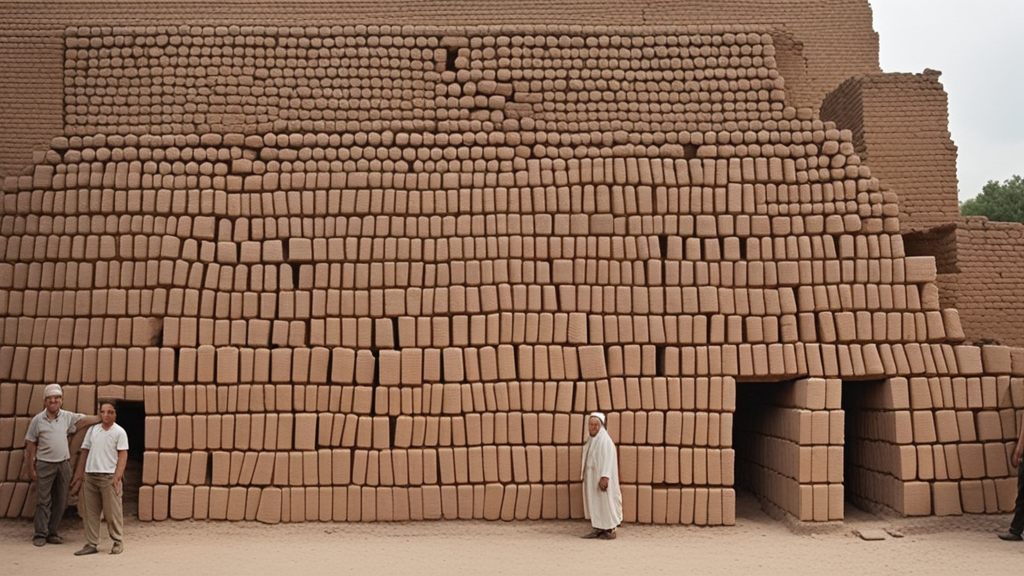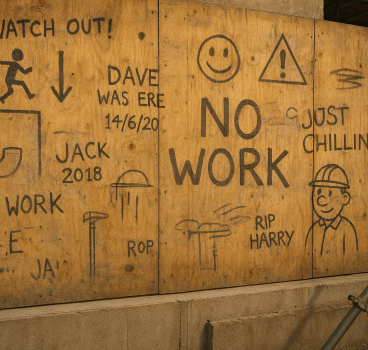The history of bricks from ancient beginnings to modern day
Bricks have been a fundamental building material for over 9,000 years, shaping human civilisation from ancient Mesopotamia to today's modern cities. The earliest known bricks date back to around 7000 BC in regions such as Jericho, located in the modern-day West Bank. These ancient bricks were crafted from mud clay, moulded into rectangular shapes, and sun-dried to harden. This simple yet effective technique provided early humans with sturdy and reliable building materials.
In Mesopotamia, the land between the Tigris and Euphrates rivers, the use of bricks became widespread. The abundance of clay in the region made it an ideal resource for brickmaking. Mesopotamians developed methods to produce uniform bricks, enhancing the structural integrity of their constructions. These bricks were primarily sun-dried, but there is evidence suggesting that fired bricks were also used as early as 4000 BC.
Mesopotamian architecture was the first to demonstrate the versatility and durability of bricks. Cities like Uruk, one of the world's first major urban centres, featured monumental structures built with mudbricks. The ziggurat, a massive terraced structure, exemplifies the architectural prowess of the time. These edifices served religious purposes and stood as symbols of the city's prosperity.
The use of bricks further allowed for the development of complex urban layouts, including residential areas, temples and administrative buildings. The uniformity of bricks facilitated standardised construction techniques, enabling the rapid expansion of cities. Despite the perishable nature of mudbricks, many ancient Mesopotamian structures have left lasting impressions through their ruins.
The spread of brickmaking techniques
The knowledge of brickmaking spread from Mesopotamia to neighbouring regions. In ancient Egypt, sun-dried mudbricks were commonly used, often reinforced with straw to enhance their strength. The construction of homes, palaces, and even pyramids incorporated mudbricks, showcasing their adaptability.
Similarly, in the Indus Valley Civilisation, bricks were standardised in size, reflecting advanced urban planning. The cities of Harappa and Mohenjo-daro featured baked bricks, indicating the use of kilns and an understanding of firing techniques to produce more durable building materials.
The Romans revolutionised brick production by introducing mobile kilns, allowing bricks to be fired on-site. They standardised brick sizes and shapes, facilitating efficient construction methods. Roman bricks were often stamped with the mark of the legion that produced them, adding a layer of accountability and branding.
Roman architecture, including aqueducts, amphitheatres and bathhouses, extensively utilised bricks. The durability of fired bricks contributed to the longevity of many Roman structures, some of which still stand today. In addition, the Roman approach to brickmaking and construction influenced subsequent architectural practices throughout Europe.
During the Middle Ages, brickmaking techniques evolved to meet the demands of growing urban centres. In regions where stone was scarce, bricks became the primary building material. The Gothic architecture of northern Europe, for instance, prominently featured bricks in the construction of cathedrals and castles.

The Renaissance period saw a revival of brick use, with architects appreciating its aesthetic qualities. Exposed brickwork became fashionable and intricate brick patterns adorned facades, adding decorative elements to structures. The versatility of bricks allowed for creative expressions in architectural design.
The industrial revolution
The Industrial Revolution marked a significant turning point in brick production. Mechanised processes enabled mass production, reducing costs and making bricks more accessible. The development of railways facilitated the transportation of bricks to various regions, fuelling construction booms in rapidly expanding towns.
In the United States, cities like Boston and New York saw extensive use of bricks during the 19th century. The durability and fire-resistant properties of bricks made them a preferred choice for building factories, warehouses and residential buildings. The iconic red brick buildings from this era remain a testament to their enduring appeal.
Today, bricks continue to be a staple in construction, valued for their strength, thermal properties and aesthetic versatility. Advancements in technology have led to the development of eco-friendly bricks made from recycled materials, addressing environmental concerns. Innovations such as interlocking bricks have streamlined construction processes, reducing the need for mortar and accelerating building timelines.
Architects and designers often incorporate bricks into contemporary structures to evoke a sense of tradition and permanence. The adaptability of bricks allows them to seamlessly blend with various architectural styles, from rustic to modern minimalist designs.
From ancient Mesopotamian mudbricks to modern engineered bricks, this humble building block has played a pivotal role in shaping human habitats. Its evolution reflects technological advancements, cultural exchanges, and the ever-changing needs of societies. As we continue to build and innovate, the brick remains a symbol of resilience and ingenuity, standing as a testament to human creativity throughout the ages.
Additional Articles

Is construction site graffiti a form of folk history?
Walk onto almost any construction site and you will find writing, sketches and markings that serve a purpose beyond the practical. On timber hoarding, concrete shuttering, plasterboard and steel,...
Read moreWhat construction can learn from Ant colonies about logistics and site movement
If you want to witness flawless logistics, responsive movement and coordinated planning in action, you do not need to observe a hyper-automated warehouse or a cutting-edge construction site - you...
Read more

Why everyone has a favourite skip and what it says about you
In construction, there are two universal truths – tea, of course, is essential and believe it or not, everyone - whether they are prepared to admit it - has a favourite skip. It may sound strange,...
Read more